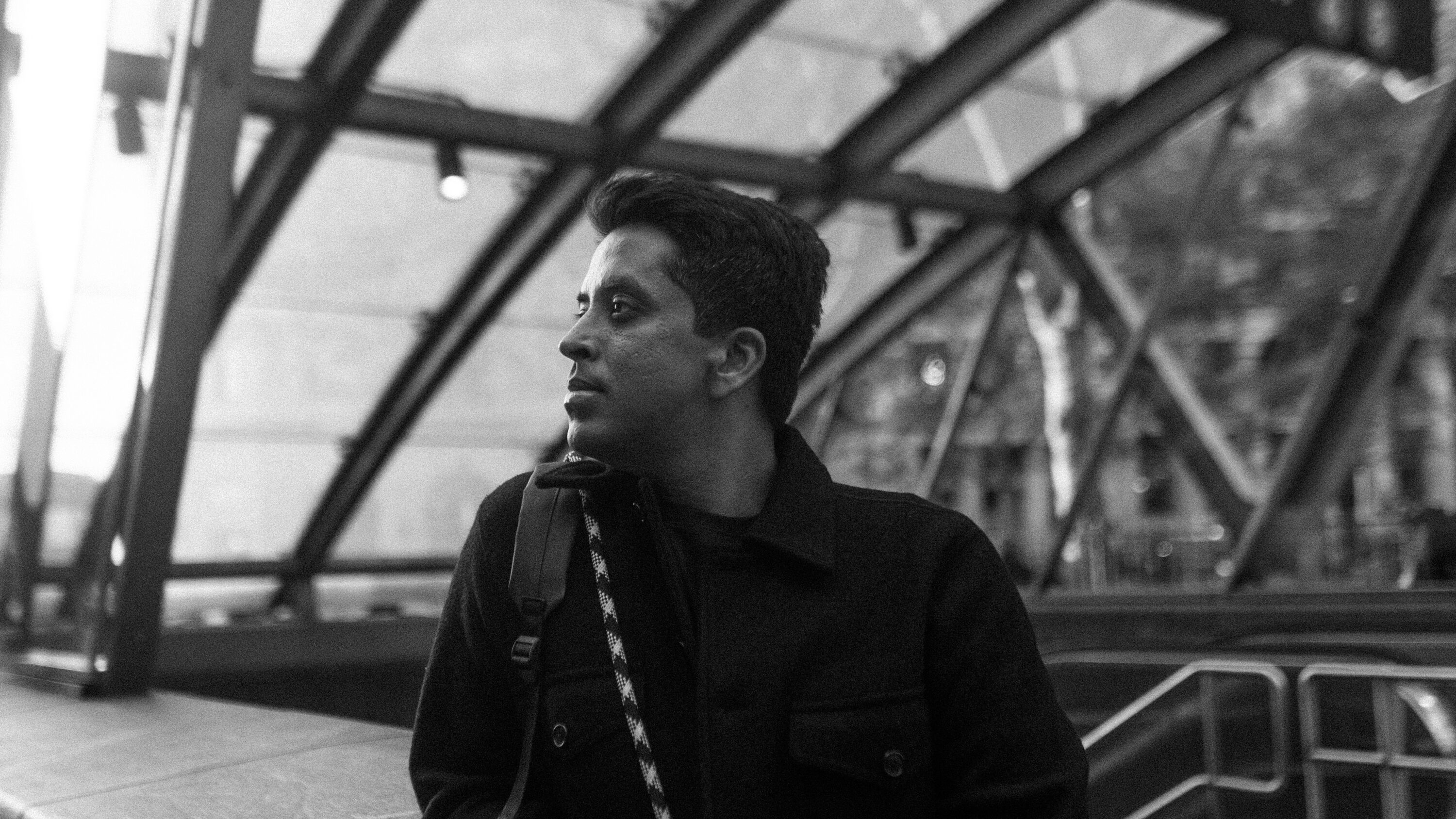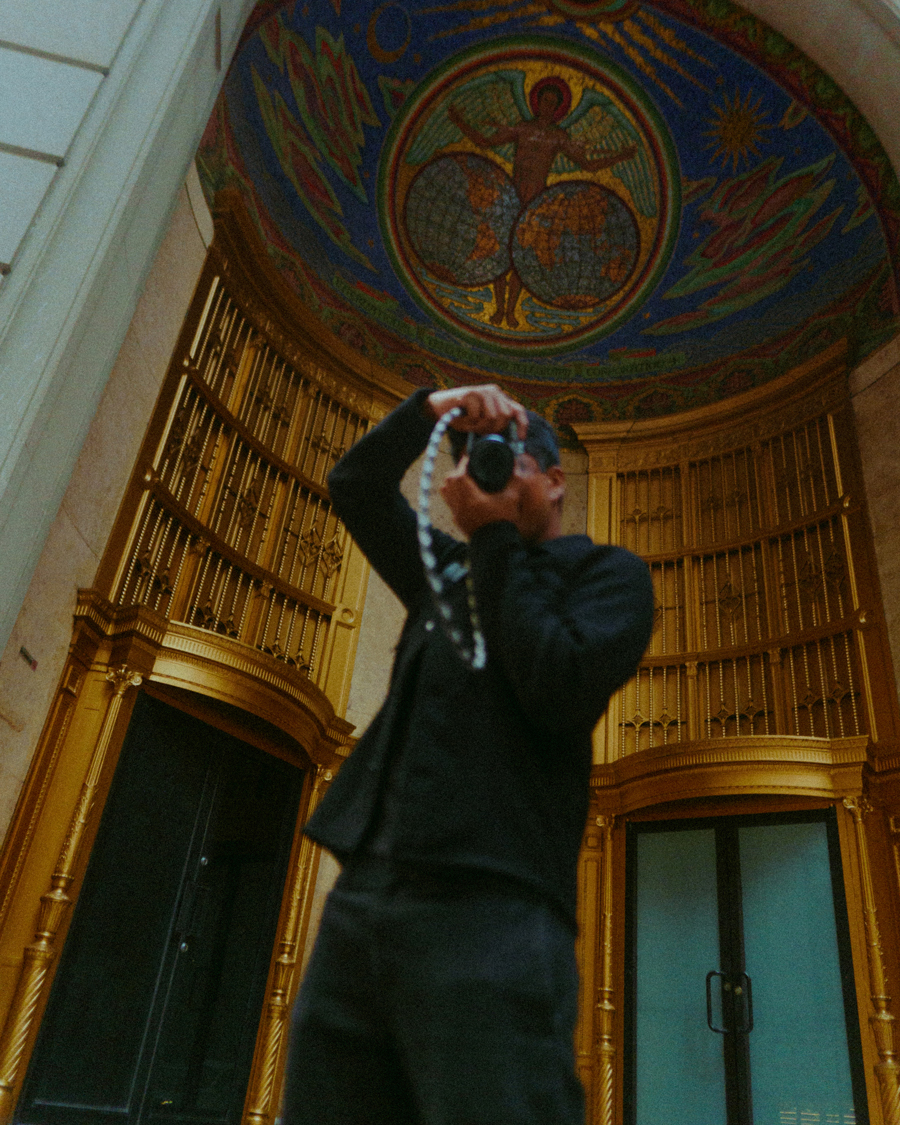
What was it like growing up as Yashas? How did your creative life begin?
I was born and raised in Bangalore, India. When I grew up in the ’90s and early 2000s, it was a very different city. It wasn’t the tech hub that it is now. But it did have a huge sciences culture. So I grew up surrounded by science and commerce, very far from creative professions. I also come from a lower-middle-class family. So we were focused more on survival as opposed to pursuing passions and interests. But I think what really helped me was where my parents came from.
My mom is from a small village and she grew up with her grandmother near a farm, so it was two women doing things by themselves. They had to learn things like, How do you spend time by yourself? How do you make things? How do you entertain yourself? They invented a lot of games and a lot of really interesting storytelling techniques. And then my dad, he was from this very eclectic family. He was a little bit of an adventure guy, who was never into traditional education. So I grew up with him taking all sorts of weird, fascinating jobs that took him to all sorts of places. And I said, Wow, I want that life. He was a loan recovery agent at one point. He’d have to go and recover property bought with loans that were defaulted on. It was super dangerous. We used to wait for him to come back after 18 days in the field and tell us all sorts of crazy stories. So I grew up with my mom on the one hand teaching herself to do things like sculpt chalk by hand by candlelight, and my dad off doing whatever wild adventures he was doing. I grew up around very rich storytelling.
What were some of the inflection points in your youth, moments where your perspective shifted on what kind of work you might pursue?
I didn’t even know that creativity could be a profession. I didn’t know anybody around me who was in a creative profession. I was working to apply to get my commerce degree and I remember my brother saying, “You suck at math. What are you doing?”
So I decided to change my studies to communications, which ended up actually being psychology. But the program changed my perspective, coming as this small family guy to a world of opportunities where now I had friends and connections from across India. I was so curious about all of these people from different parts of the world—and I was also doing all kinds of freelance work. It was a cocktail of stimulus for an 18-year-old.
And this is when you started developing your design sensibility?
Actually, a weekend graphic design class in High School sparked that interest. But, this institution did have a profound impact on my life. I came from a lower-middle-class family and now I was at probably one of the most prestigious institutions in Bangalore, surrounded by people from very different classes of society. I basically started getting all my classmates involved in my creative freelance work, which eventually became a design practice. We had a cracked version of Photoshop. I don’t know if you want to include that, but—
He’s a criminal, you heard it here.
[Laughs]. We didn’t have hundreds of dollars to spend on that! An entire generation of creatives in India will tell you that they grew up on pirated software. I learned how to move type on Illustrator and I designed hundreds of ugly logos all over India. But I grew alongside my clients as they grew their businesses, and I got better.
I suppose this is when I realized the power of a network, which I think, for someone like me and coming from where I come from, is the only way into this world that’s well guarded, because if you’re an outsider, a complete outsider, there’s no real door that you know to get into. I felt that if I wanted to break in I needed to learn from someone who is a legend. I ended up basically stalking Mr. Suresh Seetharaman, the first national creative director for JWT in India and co-founder of Virgin Comics, until he gave me a job as his creative assistant. That really set me on a creative path.
What do you think made him say yes to giving you a job?
My dogged pursuit and not giving up. That has been my constant in everything that I’ve been able to achieve. It’s not just me, it’s a lot of people who are self-taught. Because they don’t come from resources. They don’t come from institutional thinking that has molded them. I didn’t have anyone to call up and say, “Hey, can you write me some copy?” You look on YouTube, you look up tutorials, and you become a writer, too. It is a very “I’ll figure this shit out” mindset that I think a lot of self-taught people have.

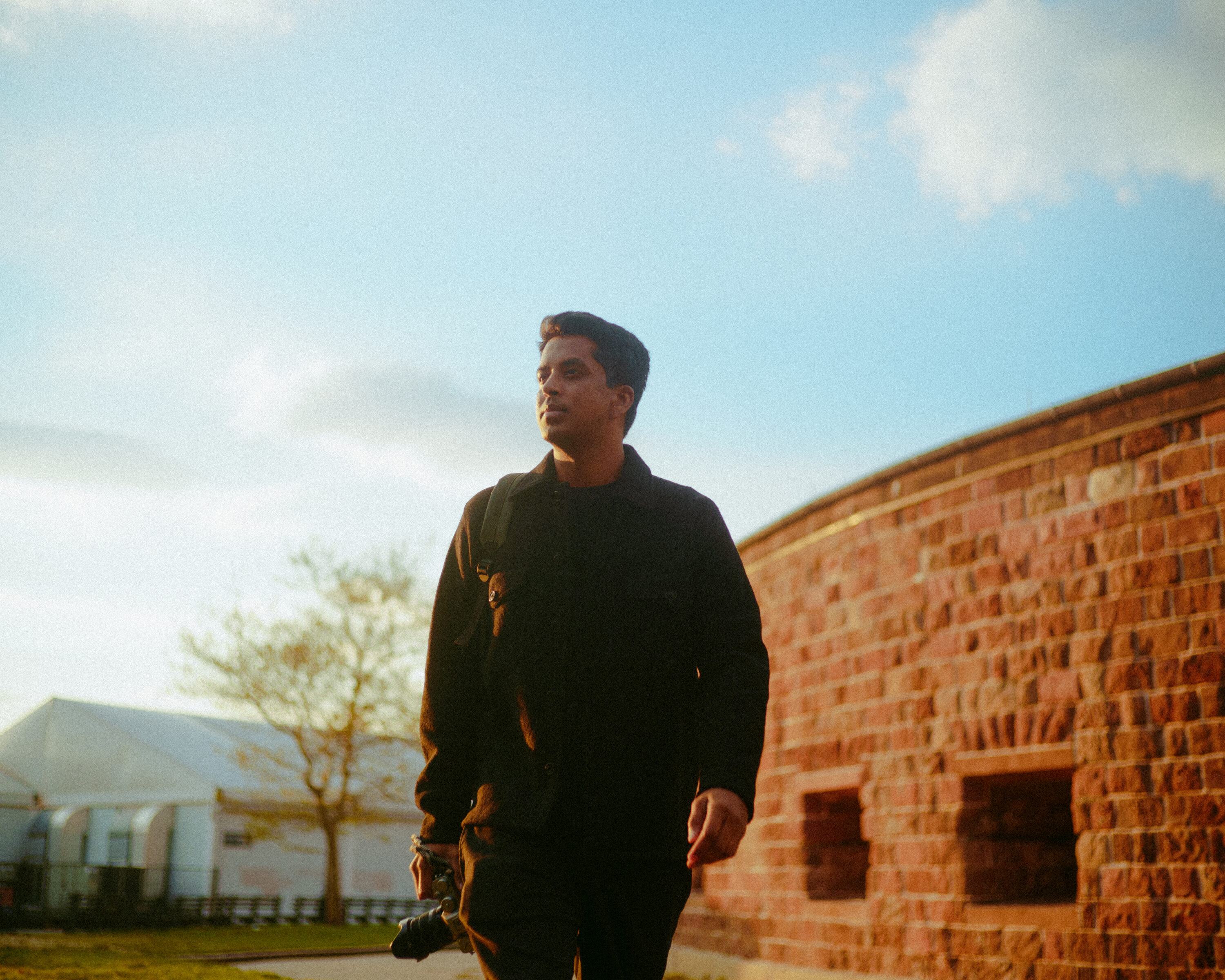
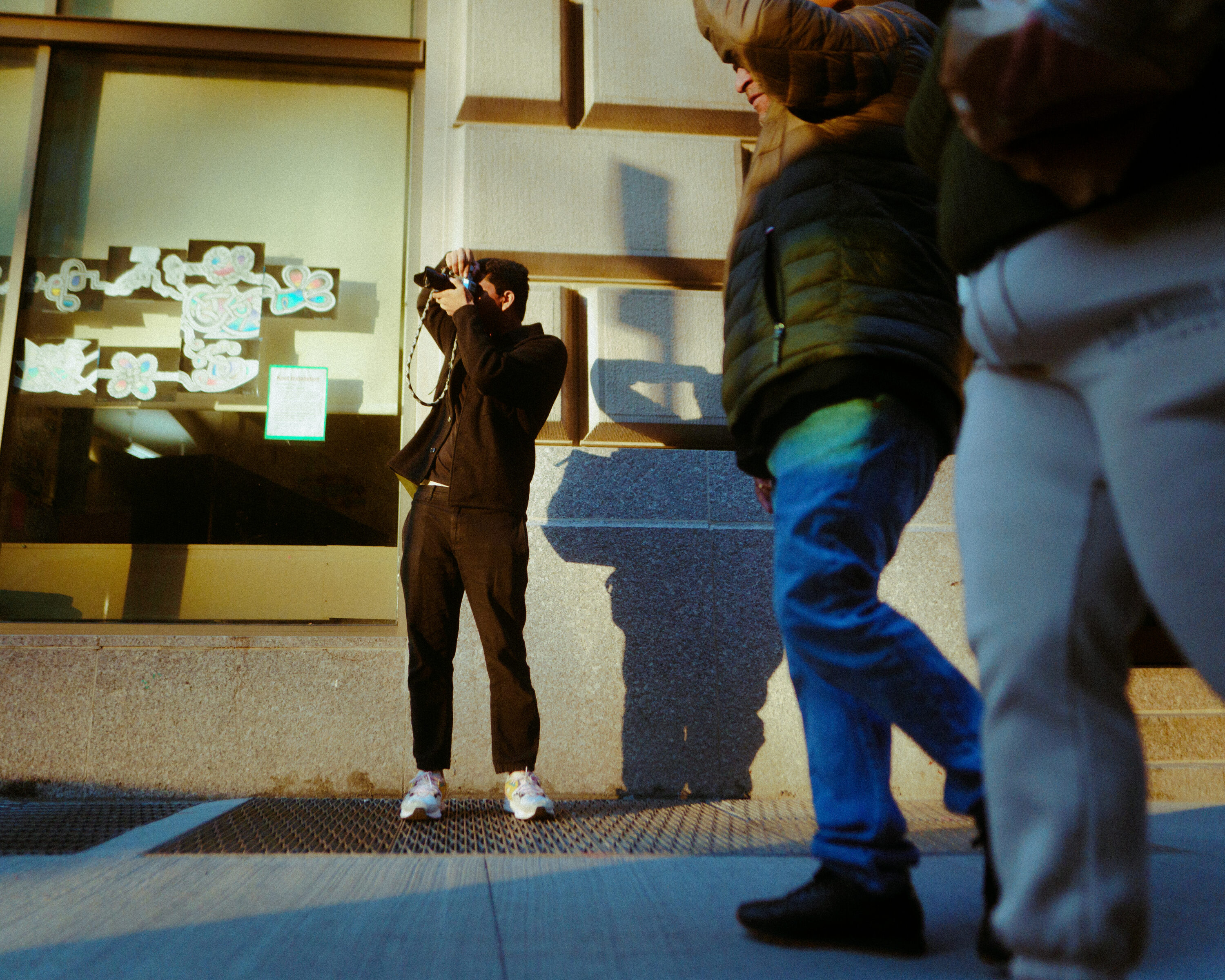
After that job, you moved to Mumbai where you experienced another milestone. Tell us about this next shift.
Yes, out of all the places I’ve traveled to and lived in, Mumbai gave me the biggest culture shock. I hadn’t seen that pace of life. I hadn’t seen that kind of desire and urge and just ambition around me—literally everybody is hustling. But after a while I was at a point in time when I was done hustling and done just being a headless chicken. I was 24 and did not want to take the traditional path some of my seniors had taken. I wanted more depth and meaning. I was constantly looking for inspiration and wanted to meet people outside of just my circle. So my roommates and I posted the couch in our living room on that website Couchsurfing that rents your couch out for travelers to sleep on.
It brought some of the weirdest, craziest, most interesting people from around the world to my couch—someone who was traveling the world without money, a poet from Indonesia, a Polish Air Force pilot, a couple who were organizers of Burning Man in New Zealand, a Russian couple who just decided to turn up in India one day for no reason at all. I was having these incredible conversations about life and success and what it means, because all of these people were experimenting with that. They were trying to figure out, What else could life offer? And this inspired me to think of what was next differently. This is when I found The Great Discontent too. I read every interview and I was fascinated by each of the stories. I had never read in depth perspectives about being a creative like that before.
Right! This interview actually came about because you overheard me chatting about The Great Discontent at a mutual friend’s event and you told me how your career had shifted in part because of the stories you read here. You realized you could have your own story too, even if it means an uncharted path.
Yes. And I took it a step forward and thought, what if I started my own interview magazine and focused on what success means, what life means? So I started a website called Mukha with my friend Shab Kumar, where we interviewed the couch surfers and other visitors. I was not a writer back then, I didn’t know how to edit interviews. I literally put a 4,000 word transcript of my recording onto the site. And Mukha really took off, because it was one of the earlier [content sites] from India that was very global in nature. It’s not something that happened in India back then. Apart from interviews, we also did collaborative projects like Ranger Ranger as part of Mukha, which documented people protecting India’s National Parks.
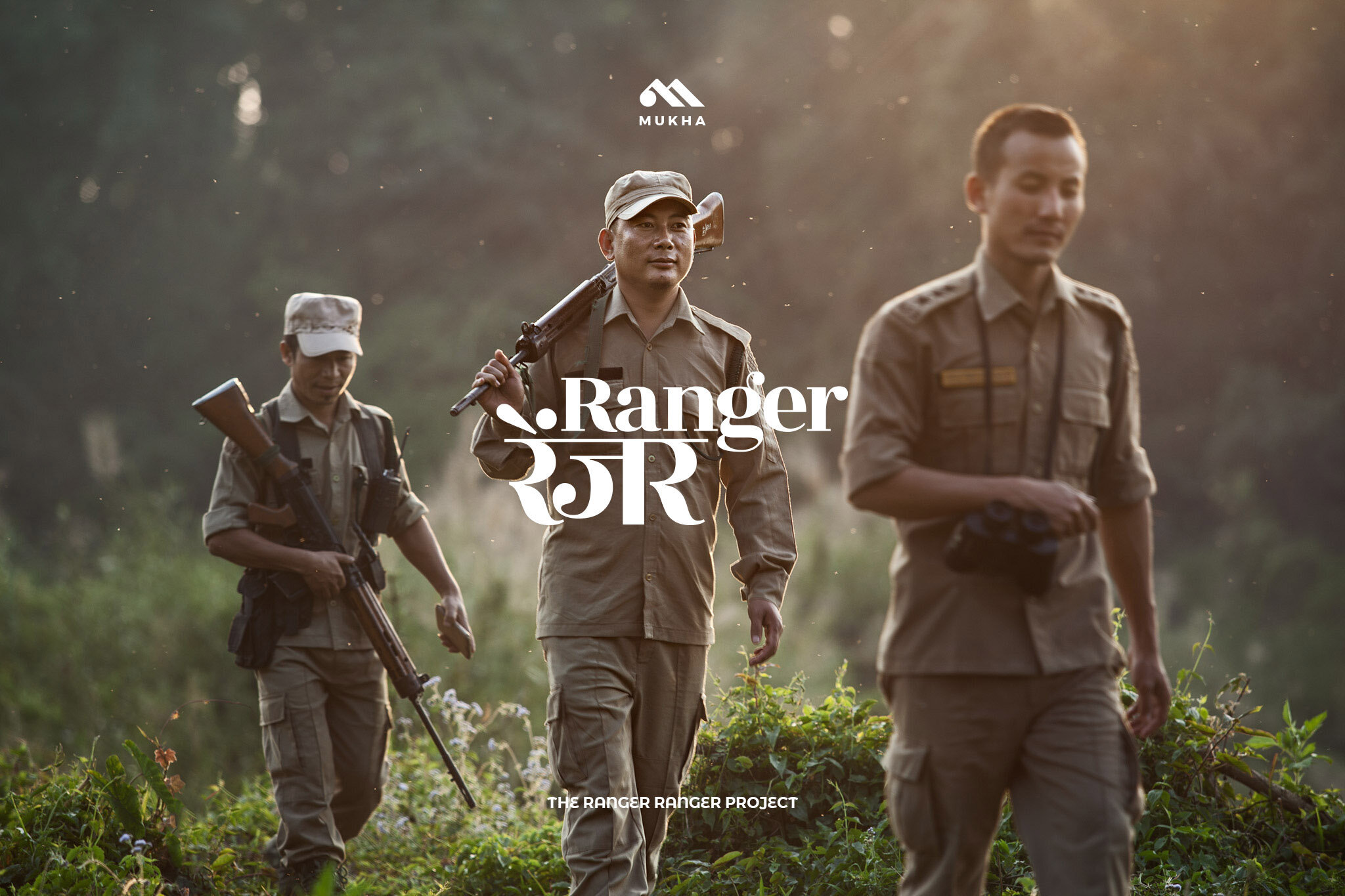
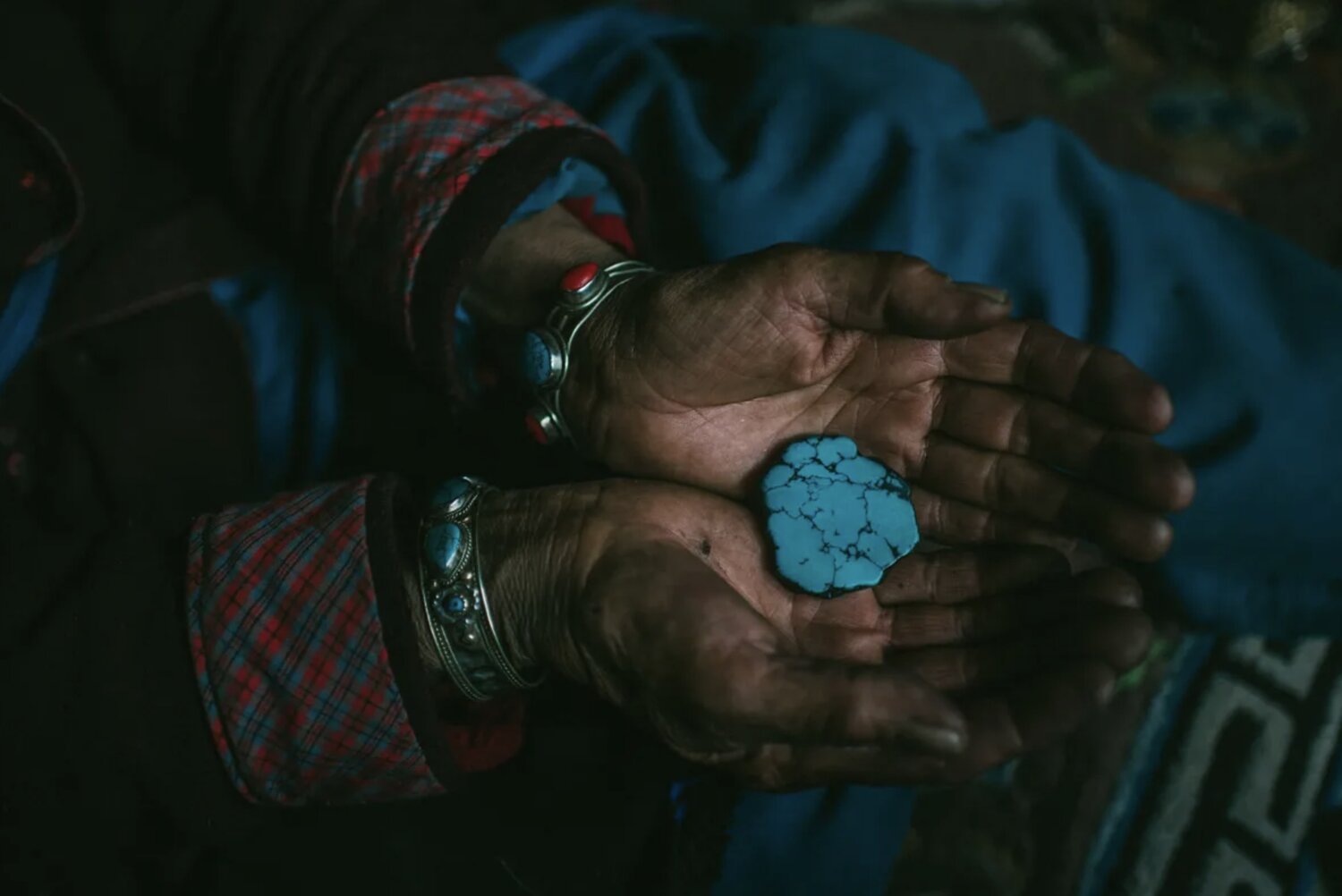
How did this newfound knack for profiles and storytelling develop beyond this project?
From there I was approached by a friend about starting a team at an agency that wanted to make their own content about stories from all over India. I told them I wasn’t interested in working on traditional advertising, and that I’d join if he promised we could do something more innovative. He somehow agreed and we assembled a very, very talented team of writers, designers, filmmakers, photographers—everything to document stories all over India. We called the project Untold Collective. I designed an identity and worked with people to put a website together to host the stories.
It was a dream job. We were running a cultural National Geographic within an ad agency. We’d go spend a month or two weeks somewhere and unearth insane stories. Because India is a tinderbox of such stories. Everything goes back thousands of years.
How did you decide which story leads to follow up on? What made you think there was something there?
Good question, and a stupid answer is that you try and fail. You follow a lead that sounds interesting, and it often reaches a dead end. Because it’s either made up or someone’s just trying to give you some random thing. India has a very conversational culture. Especially in non-urban India, people will never say no, or that they don’t know when you ask them something. They’ll figure it out.
There was so much potential because Untold got at this conversation in India about What is it to be Indian? Because it’s such an ancient region, but a new country. There’s history of thousands of years and there is a recent history of being a nation. And what does that identity mean? Untold was important work because we’d never had ownership of our own narrative like that.
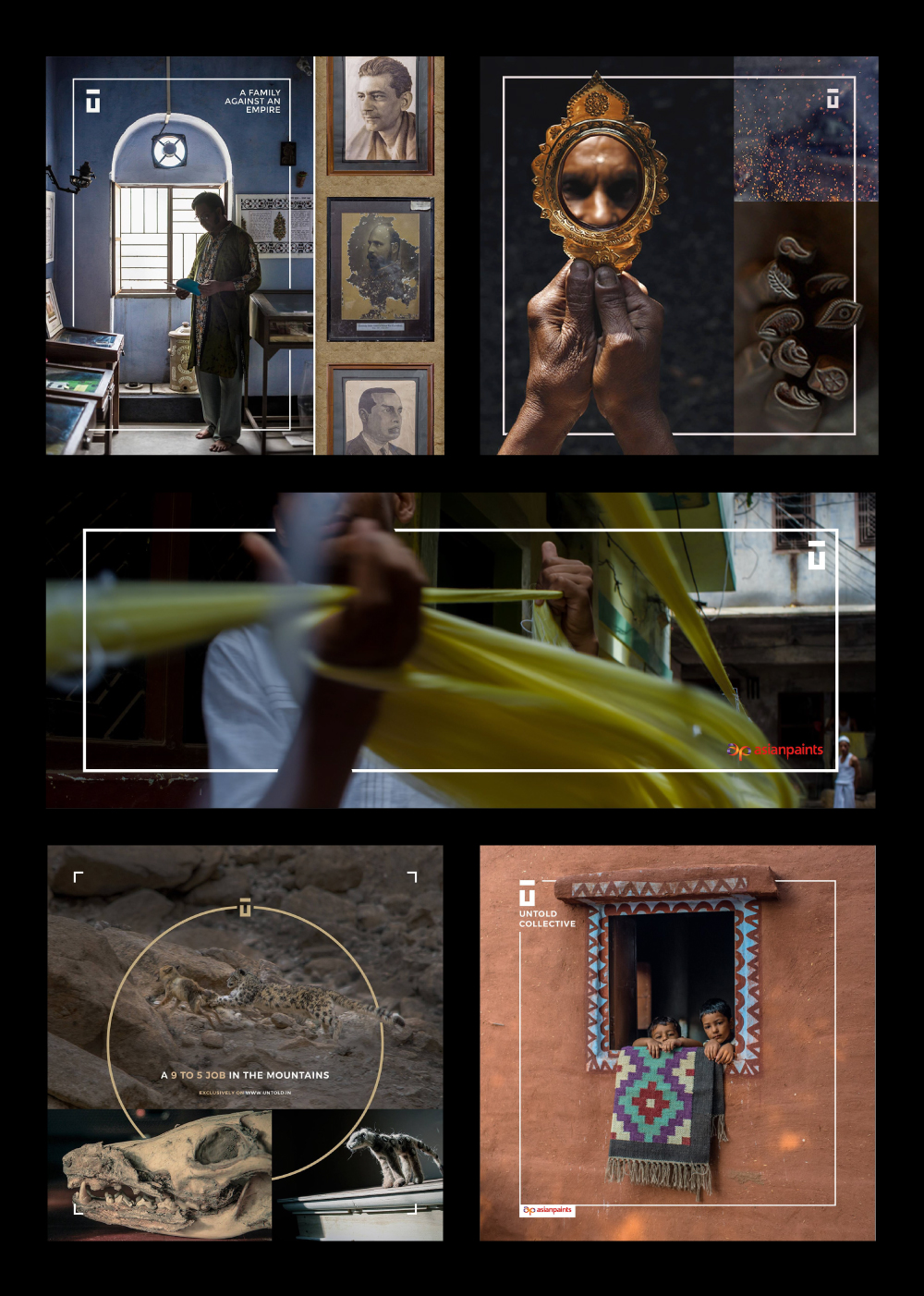
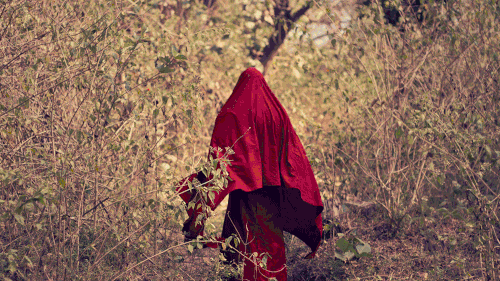
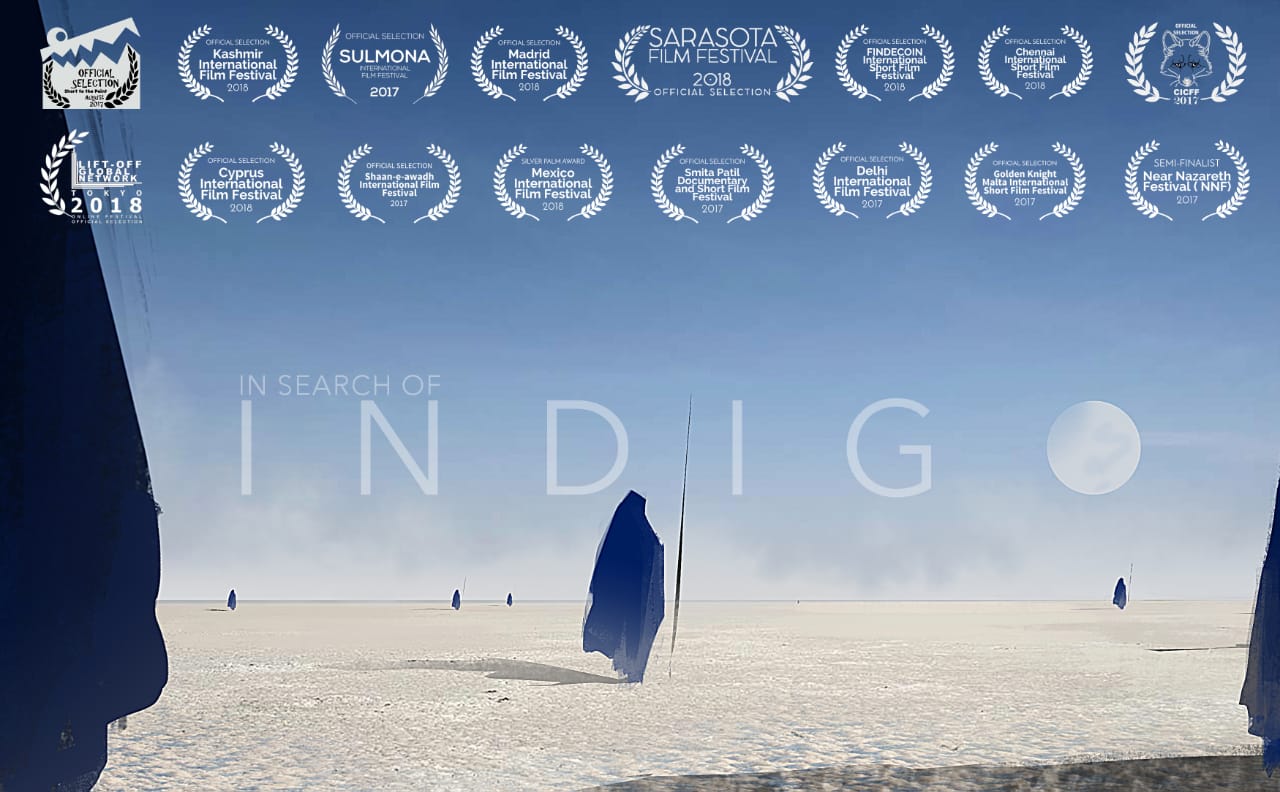
You eventually left Untold and worked for various agencies in Singapore and across Southeast Asia before finally moving to New York. How has this new city affected your work?
I was never really drawn to the idea of moving to the U.S. But I fell in love with my now wife and moved here because she worked here. It was a new world. I had nobody. I didn’t know anyone in the U.S., apart from one school friend and my girlfriend. Coming to New York has been transformative for me. I feel like I’ve unlearned so many inhibitions that I’d grown up with. Here, whatever weird quirk you have, you can turn it into a thing and you can actually make it into a living. I feel like you can build whatever the hell you want.
It’s like you met nine million versions of yourself. People comfortable in the chaos of pursuing uncharted paths and multi-tasking.
I feel like a kid in a candy store. I’m like, “Oh my God, tell me what you do, tell me what you do, tell me what you do…”
That spirit has helped you build a diverse portfolio over the past few years, including some of the biggest corporate and government clients in the world. How is your background shaping the way you work with these large systems that impact millions of people now?
Billions, in fact. I wouldn’t have believed it a few years ago if you told me.
Yes, the scale of a client, like the U.S. Army for instance, is mindblowing and…complicated?
It’s both overwhelming and amazing, but it’s not two different things. There’s a bit of both in each other. Whether it’s design systems, communication systems, or technology systems, they’ve always been part of my life. But at this scale, it was truly for the first time.
I was at an agency whose clients had budgets that I had never worked with before. It was scary and wild to me, because a lot of work that we did was tied so much to the identities of people. When you’re working in the defense sector for instance, you’ve got to be really careful of that. Your work is no longer just for the client. It’s for the people.
What have you learned that was surprising to you?
I think there is a lot to learn around understanding and placing my ethics and moral compass. Exploring what it means to be from where I come from and what it means to work in this industry, what it means to bring my skills to the industry, and how do I deal with that—both in terms of history and the future.
If you dig through 10,000 years of history, all perspectives can be both true and untrue. You can find examples for any bias. You can find examples for any kind of historical narrative. In India, there are so many times in the culture that I come from when our heroes are their villains and their villains are our heroes. You have to be ok with that.
I tend to carry a huge weight on my shoulders from history. Somehow, I think I have to make sense of it all because now I carry this history of my people. I need to show up. I need to show that in my work, I need to be the representative of that. I still enjoy drawing from history, and I think it’s a huge advantage—you have endless inspiration. But also, the U.S. has taught me to drop all of it. The U.S. has taught me to just be and not carry that weight. Whenever I have the opportunity to speak with younger Indian creatives, I tell them not to carry that weight like I did. Because it’s not just one person’s carry. You can do whatever you want and you can build whatever you want.
How do you apply your skills for capturing a narrative to your client work now?
I look at storytelling as a tool that can be deployed in different formats, leading to exciting outcomes. In a project for a whiskey brand for instance, we used a campaign to bring a diverse Hispanic American community together. We cast young changemakers and collaborated with talented creatives from the community to create giant murals across the country, which received a highly positive response. It was incredible to witness the tools of storytelling applied in a context and country I wasn’t familiar with, yet achieving the same profound human connection.
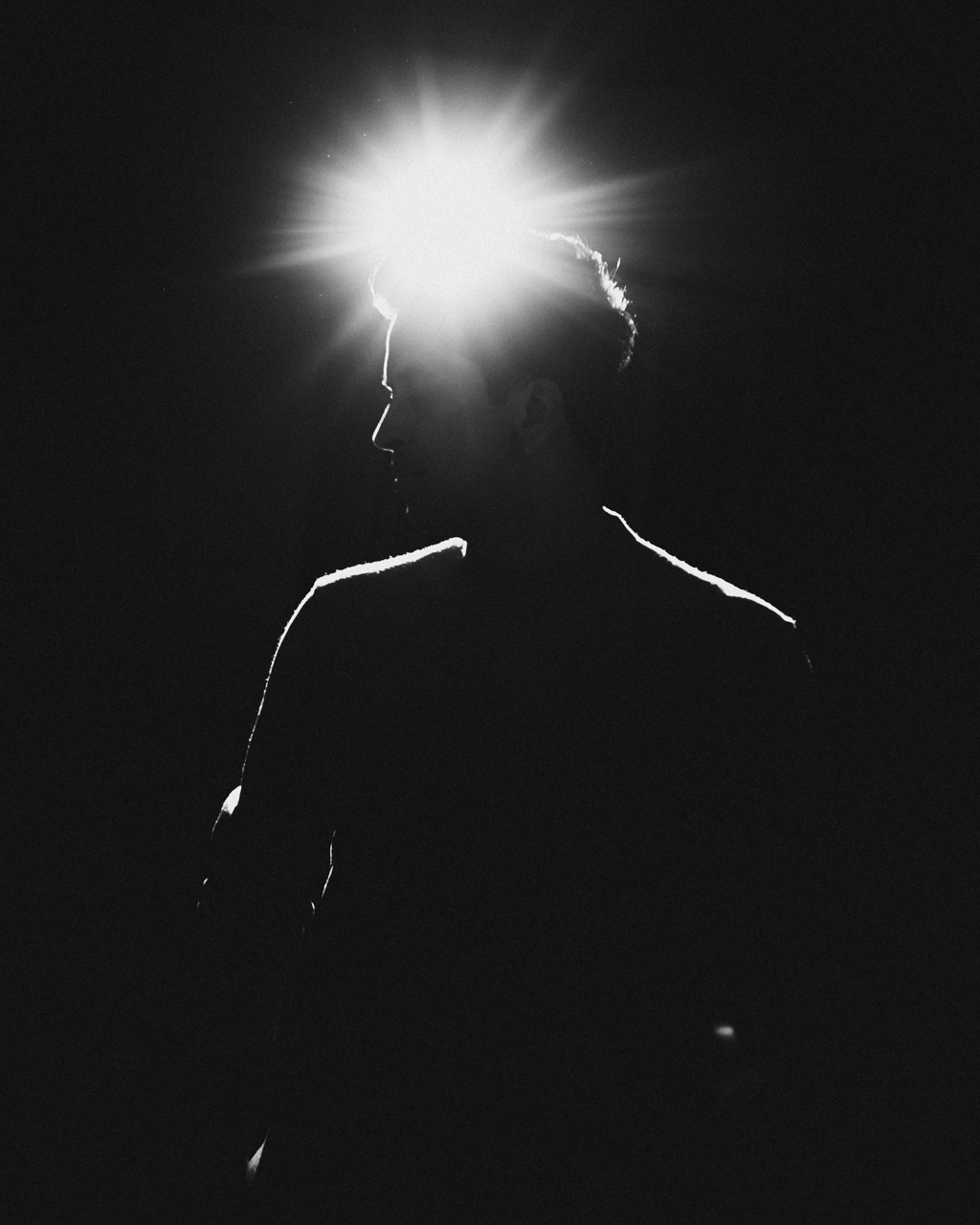
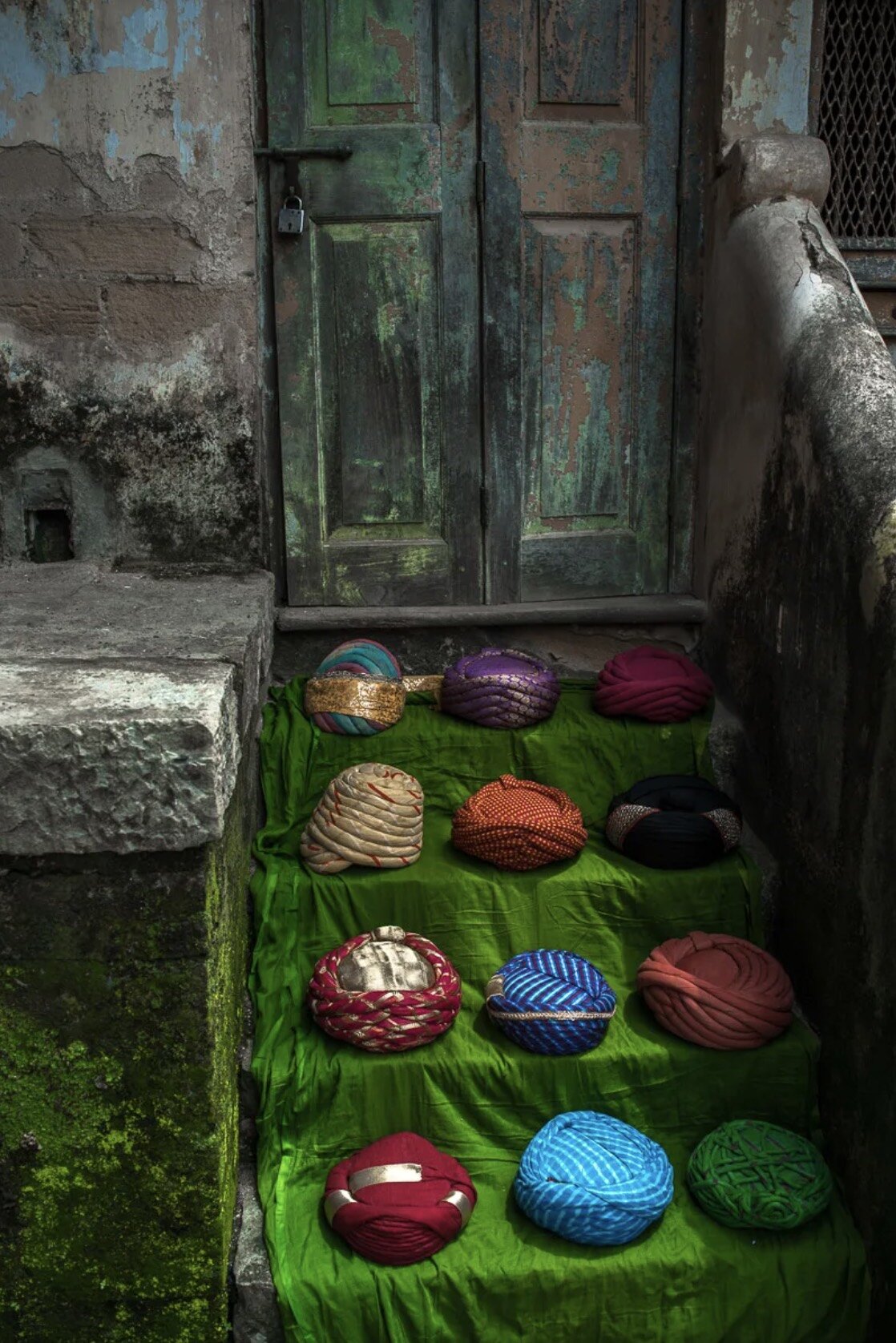
We keep coming to these moments which reveal that you’re so okay with many things and ideas existing at the same time. Does this help or hurt in your client work?
You could be working for soft drinks, you could be working for tech, and morally speaking, they’ve had very adverse impacts in some places and very positive impacts in others. And I think as a creative, especially in advertising and design, you are constantly faced with that dilemma.
I’m okay with the grays, and the positives and negatives existing, and just aim to do more positive work—am I influencing the more positive side of things? The choice of moving to the U.S. for some people is controversial, like you’re in the belly of the beast. But I don’t see that. And I think living in binaries is actually very dangerous for a creative person because sooner or later you’ll realize that you’re the only person on that side and the world isn’t like that, but you locked yourself in that box.
For me, I don’t think I’ve observed success in pursuit of that binary. Many creatives tend to get lost in it, but you don’t have to. You don’t have to choose between one or the other. You can choose all of it, and you can choose to take whatever works from here, whatever works from there, and put it all together and make a little mutant. But it’s your mutant, it’s yours.

So what mutant is next?
My wife is also a designer and we’ve been talking about the kind of impact that we want to have in the creative space and I’m super excited about being able to tap into all the resources and the talent pool that this city and this country offers. When I started Untold Collective, I had resources to play with for the first time. I feel that energy again. I think I’m a little starry-eyed at this point. This next chapter is going to be an exciting one as some of my experiments and ventures will come to fruition, fingers crossed. I can make work with real, meaningful impact and have money to live a normal life? Sign me up.
